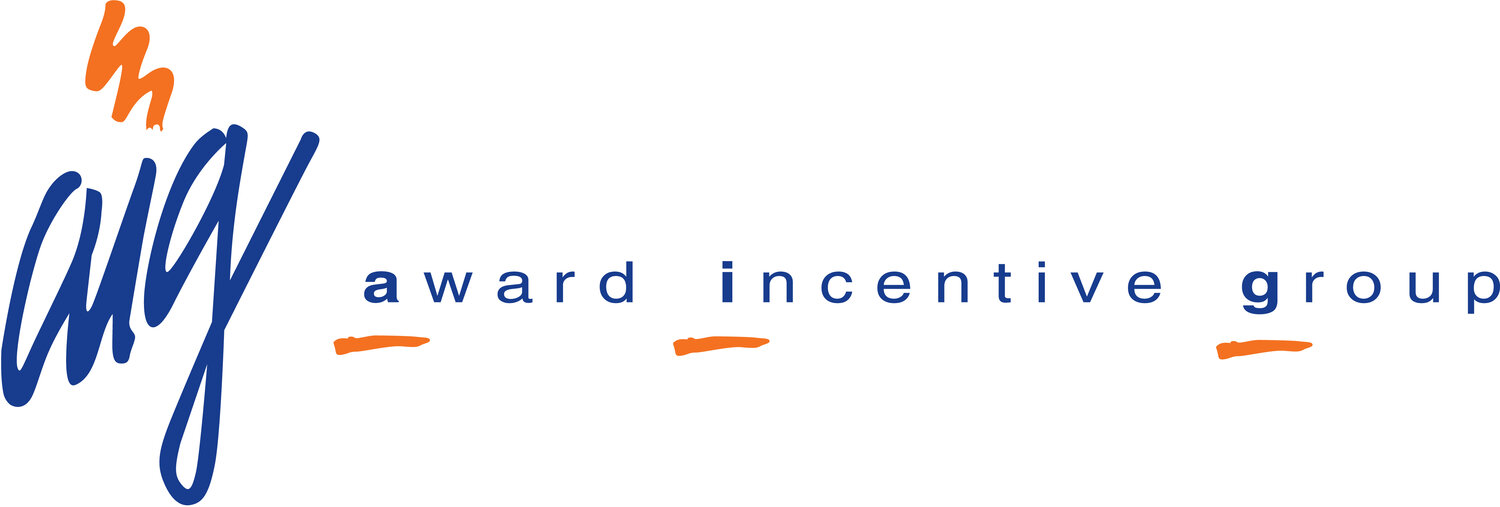Despite the fact that U.S. organizations spend over $100 billion annually on incentive programs, many business people question their effectiveness. Now, a ground-breaking study proves that incentive programs can boost performance by anywhere from 25 to 44 percent, but only if conducted in ways that address all issues related to performance and human motivation. The study found that most organizations lack the knowledge or will to create properly constructed programs that yield desired results.
The Incentive Federation determined in 2000 that North American organizations spent approximately $27 billion a year on merchandise and travel incentives. Cash incentives included, the total exceeds $115 billion. But surprisingly, few organizations apply formal return on investment processes or measures to their incentive program design.
Numerous researchers have studied the impact of incentives and related programs for at least 100 years without establishing a clear consensus among business circles as to whether or not incentive programs deliver measurable and meaningful performance results. “Incentives, Motivation and Workplace Performance: Research & Best Practices,” conducted by researchers for the International Society of Performance Improvement, and funded with a grant by The Incentive Research Foundation (formerly SITE Foundation), was designed to analyze the complete body of scientific research on incentive programs, determine what if any research-supported conclusions exist as to their effectiveness and the circumstances under which they can succeed, and to benchmark these findings with actual business conditions through surveys and interviews with business executives whose organizations use incentives.
The study was designed to help answer four questions: Do incentives increase work performance (and under what circumstances)? Which incentive programs are most effective? What types of organizations need incentives? And what model best expresses how to select and implement successful programs?
The report also yielded an eight-step model describing the process by which incentive programs can best be designed to influence performance...

